
Elon Musk borrowed $1 billion from SpaceX in same month of Twitter deal - WSJ
(Reuters) -Elon Musk withdrew a loan of $1 billion from SpaceX - the two-decade-old rocket company run by the billionaire
2023-09-06 11:18

How China Left the World Far Behind in the Battery Race
This is one of the stories in Akshat Rathi’s new book Climate Capitalism, which is out today. Akshat
2023-10-12 20:55

ALGS Split 2 Playoffs 2023 Twitch Drops: How to Get
Fans can earn free Twitch drops, including a Charbroiled R99 skin, as they watch the 40 best teams compete in the ALGS Split 2 Playoffs 2023.
2023-07-13 01:18

Starfield Direct reveals New Atlantis is Bethesda's 'biggest city' yet, in more ways than one
The big showcase dedicated to 'Starfield' brought new details about the long-awaited title to light.
2023-06-12 20:19
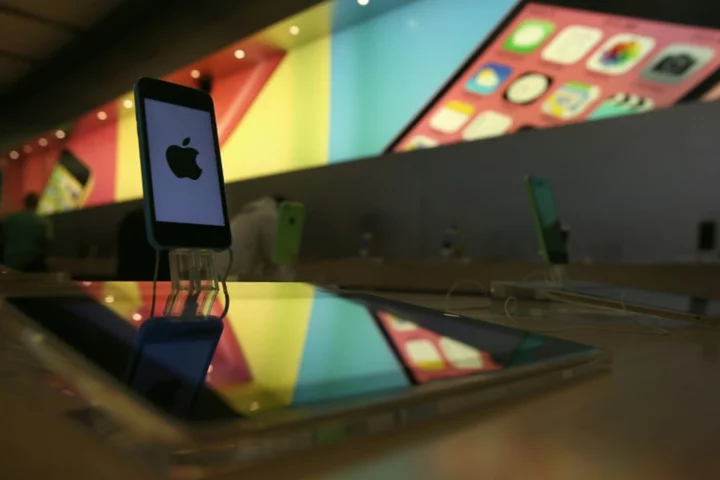
France probes Apple over restricting smartphone repair
France is investigating US tech giant Apple over it allegedly planning for smartphones to become out of date through restricting their repair, prosecutors and...
2023-05-16 01:16

'It's robbery': Salvadorans slow to adopt Bitcoin
Two years ago, El Salvador shrugged off a chorus of warnings and adopted Bitcoin as legal tender in a bid to revitalize its economy and...
2023-09-08 03:26

Who is McKenzie Graham? 'The next Paige Spiranac' poses strong competition to former 'hottest' golf influencer
McKenzie Graham is slowly but surely gaining attention as a golf influencer
2023-08-18 19:53

Matheson Signs Oxygen Supply Contract for 1PointFive's DAC Plant
TOKYO--(BUSINESS WIRE)--Jul 27, 2023--
2023-07-27 17:17

Andrew Tate: Marvin Vettori hails 'toxic' influencer after fiery BBC interview, calls him 'genius'
Andrew Tate gave an interview to BBC News and many had their own opinions and shared them
2023-06-02 16:28
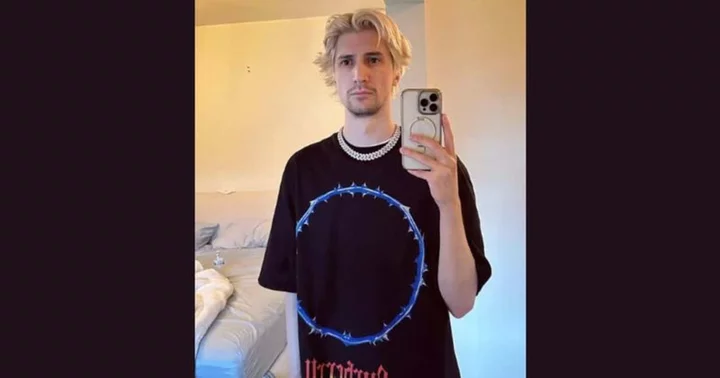
Has Kick removed xQc from its directory? Streamer breaches security second time during 'Breaking Bad' movie night
Has xQc been removed from the directory? Did he manage to watch the entire series of Breaking Bad?
2023-06-23 18:47

How tall is IShowSpeed? YouTuber once measured his height during live stream after chat labeled him 'midget'
IShowSpeed's height has been a subject of curiosity and jokes among fans due to his initial claim of 6 feet, later revising it to 6'1"
2023-08-09 19:50

iPhone Sales Are Weak. Apple’s Future Depends on Their Strength: Analysts.
J.P. Morgan analyst Samik Chatterjee says that lead times for the iPhone 15 moderated for the fourth consecutive week.
2023-10-24 00:56
You Might Like...
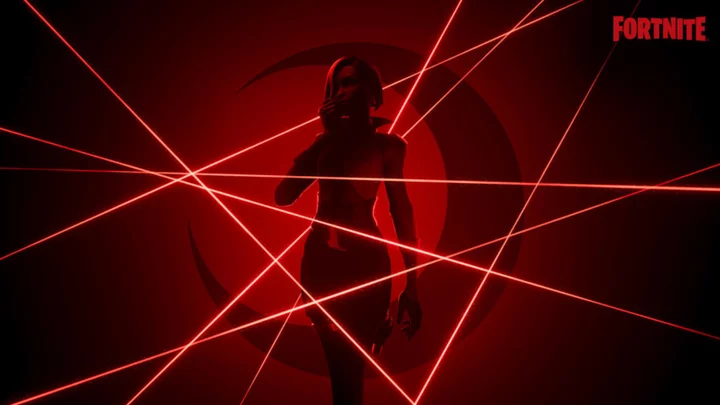
Fortnite Chapter 4 Season 4 Battle Pass: What We Know So Far
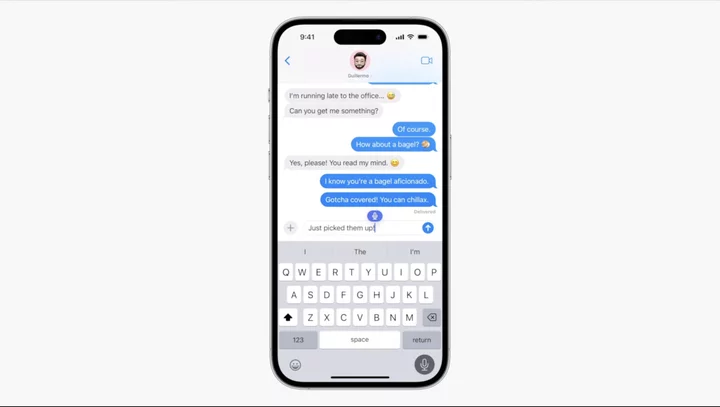
Well, duck it: The Apple keyboard will finally let you curse

Ameresco Awarded Top Project of the Year by Environment + Energy Leader for partnership with Holy Cross Energy and Colorado Mountain College
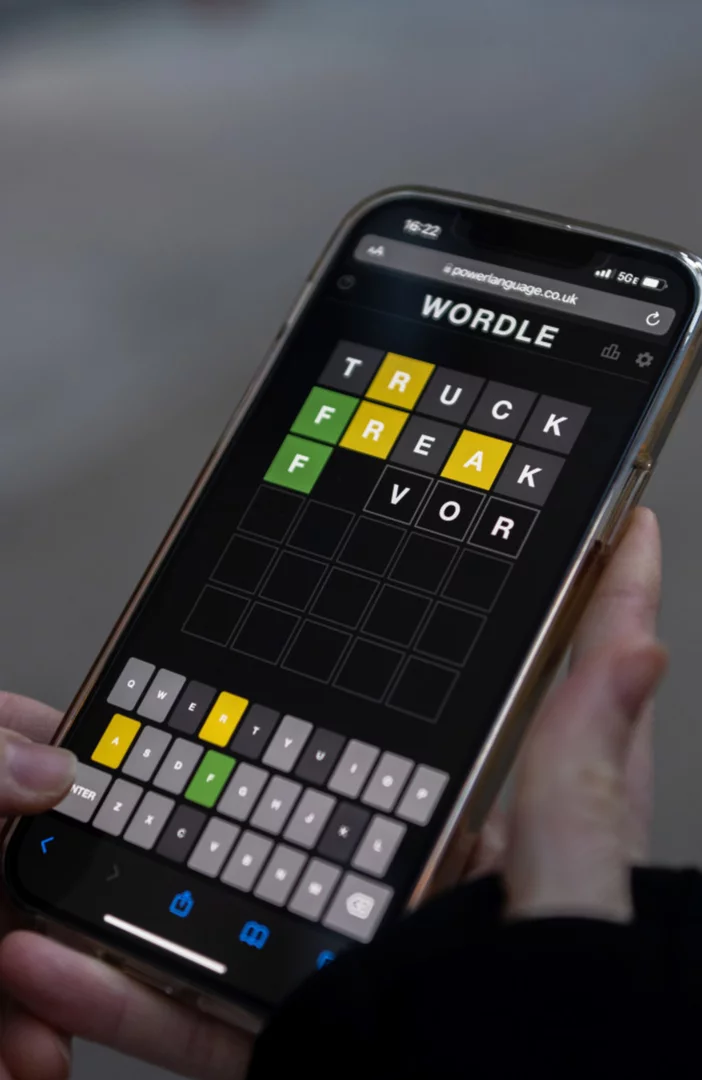
Wordle comes with ads now, unless you are a New York Times Games subscriber

Charge 3 Apple devices with this $19 cable
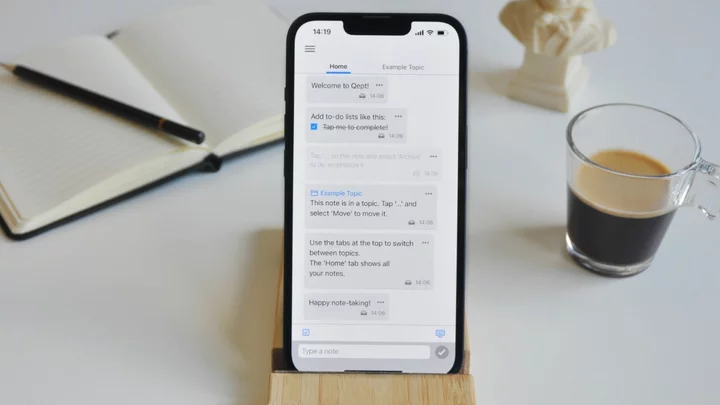
This new note-taking app lets you DM yourself

Can Your PC Handle Mortal Kombat 1's Blood-Soaked System Requirements?

Kelis has no interest in addressing that Bill Murray dating speculation
